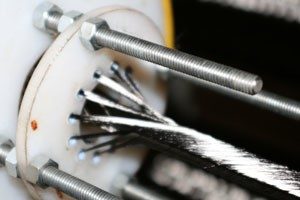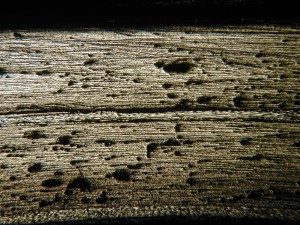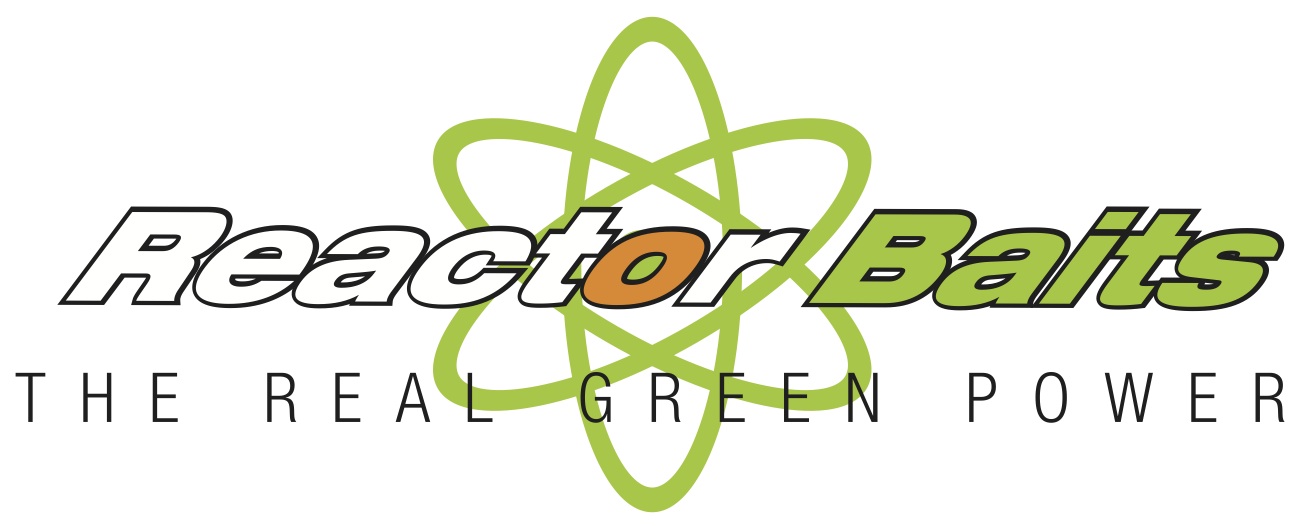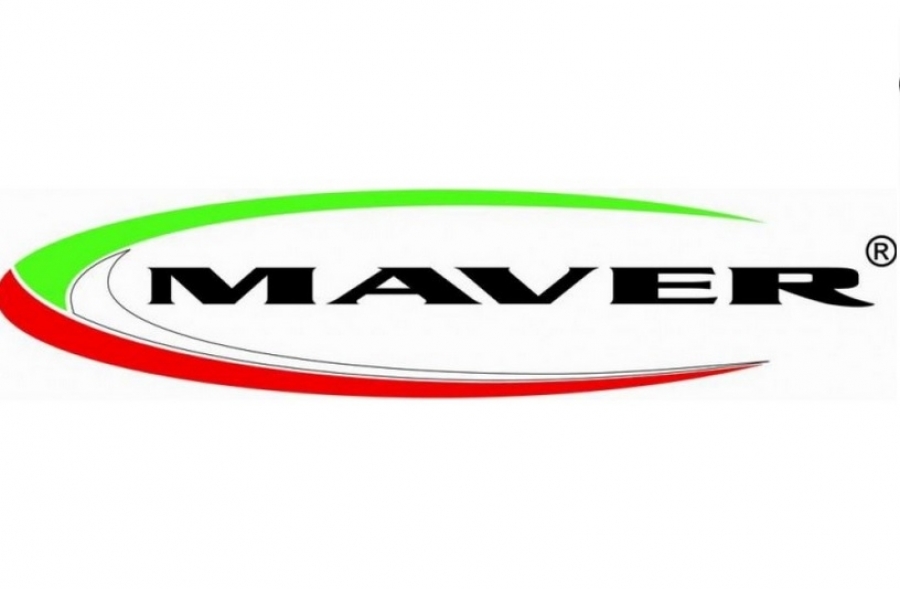In addition to Wrapping technology – which allows the best quality to be obtained – the most common for the production of carbon fiber products are those of Filament winding and Pull winding . Most of the producers use them for the greater standardization of the process and, in general, the lower execution costs.

Filament winding, yarn winding
The construction process is simpler, since the impregnation with the resin is done at the same time as the wire is wound on the mold: the carbon coils are made by passing the wire through a container containing the resin.
The subsequent phases, depending on the type of tube, may or may not include the use of the autoclave and do not differ much from those used in wrapping .

Pull winding
This process is an evolution of the pultrusion process: the carbon fibers are passed through a device that contains:
• a section into which the resin is introduced,
• the matrix with the section of the pipe to be obtained,
• a polymerization furnace,
• two external traction heads.
The tube then comes out continuously from the machine and is composed of woven fibers.
The comparison
The performance of a tubular manufactured article constructed with Wrapping is significantly higher than those obtainable with the Filament winding process and far superior to the use of Pull winding technology . Normally, with the same stiffness characteristics, a Filament winding tube weighs at least 30% higher than a Wrapping tube and consequently a lower critical speed.

Reglass roller section made with Wrapping

Carbon roller section made with Pull winding








